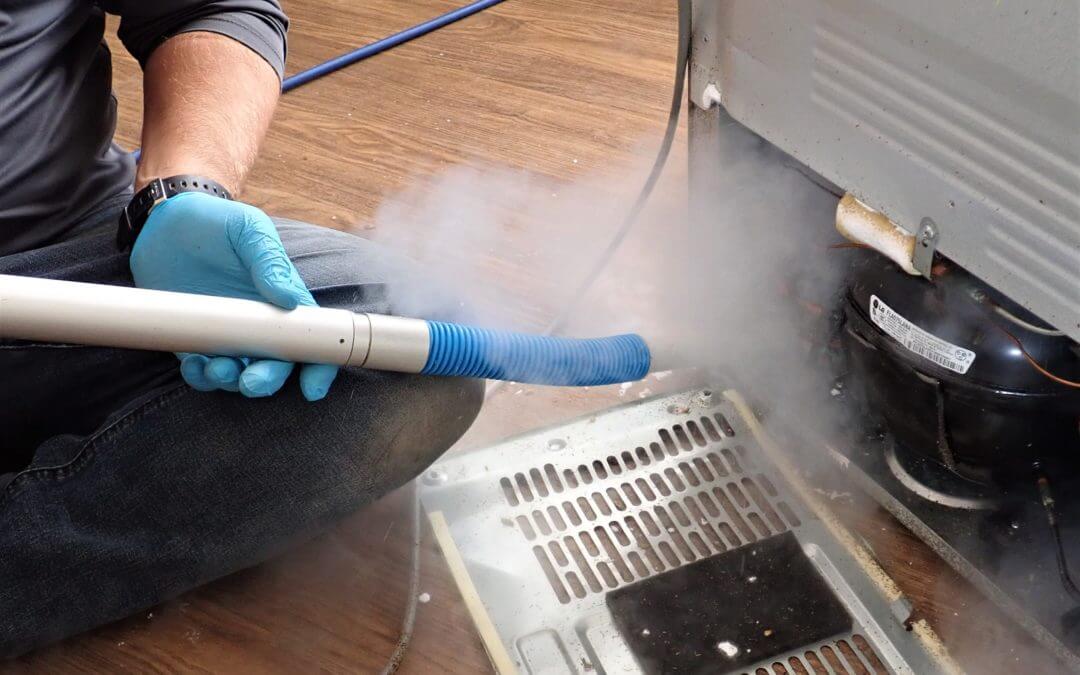When bed bugs move in, they can be harmful to your customers and take a toll on your business. These pests are resilient creatures. It’s not enough to kill a few bed bugs as you find them. It is important to learn what kills bed bugs so you can take fast, effective action to eliminate the infestation.
Under favorable conditions, bed bugs can develop fully in as little as a month. They continue to reproduce and lay eggs, creating three or more generations per year. With each generation, the domino effect of the population can turn from hundreds to thousands of bed bugs in the building. Knowing what kills bed bugs can be the difference between an introduction and an infestation.
What Kills Bed Bugs: Pest Control Options
Whether you have an active bed bug infestation, or you are preparing for potential problems in the future, it’s important to learn about your options for effective pest control.
What kills bed bugs quickly and easily?
Four common methods are heat, steam, chemical, and freezing treatments. You should compare the pros and cons of each to choose the right system for your business:
Heat Treatments
Heat is a good solution if you have a large infestation. The heat can quickly kill many bed bugs on contact, giving you an effective way to eliminate a population that has grown out of control. While heat is effective, there are a few drawbacks. For example, this treatment can be quite costly. Additionally, prep time is required, all electronics, furniture, and other items need to be removed from the building or covered with thermal blankets before treatment.
Steam Treatments
Steam is a chemical-free application that can kill the bugs on direct contact. While there is no residual effect, the steam can leave moisture behind that could cause damage to furniture and walls. It’s also important to note that the steam can’t reach into the cracks and crevices, so other pest control methods are likely needed to reach these small areas.
Chemical Treatments
As one of the lowest cost solutions, chemicals are a common method of pest control. The problem with killing bed bugs using chemicals is that these substances could be potentially harmful to your staff and customers. These chemicals leave a residual behind to continue killing the bed bugs in subsequent weeks. But that residual will continue to affect humans in the building as well. Additionally, pest control experts are finding that bed bugs might build up a resistance to the chemicals over time.
Freezing Treatments
An affordable solution is to freeze and kill the bed bugs on contact. Using freezing treatments allows you to treat almost any surface or material without damaging its condition. Additionally, freezing is a natural and chemical-free solution. Freezing with a Cryonite machine gives you the ability to take care of sensitive environments, such as hospital rooms, schools, and pet stores. In most cases, people and animals can remain in the area during application. Freezing should still be combined with vacuuming, traps, insecticide treats, and other techniques as an integrated approach depending on the infestation at hand. However, it allows you to respond immediately making a major difference in the pest infestation impact.
Cryonite: Investing in an Effective Bed Bug Defense
The Cryonite System is the most effective tool for freezing bed bugs. The patented carbon dioxide snow freezes pests instantly. In addition to bed bug efforts, Cryonite can be a valuable component in any Integrated Pest Management (IPM) program. Additionally, you are able to train your staff and team to respond to an infestation with the Cryonite machine with no license.
The right pest control system is an invaluable investment for your business. The cost of investing in a Cryonite machine is only the fraction of the cost of a major pest infestation and an invaluable piece of your pest management system. For more information about this freezing technology, contact Cryonite at sales@cryonite.com.

